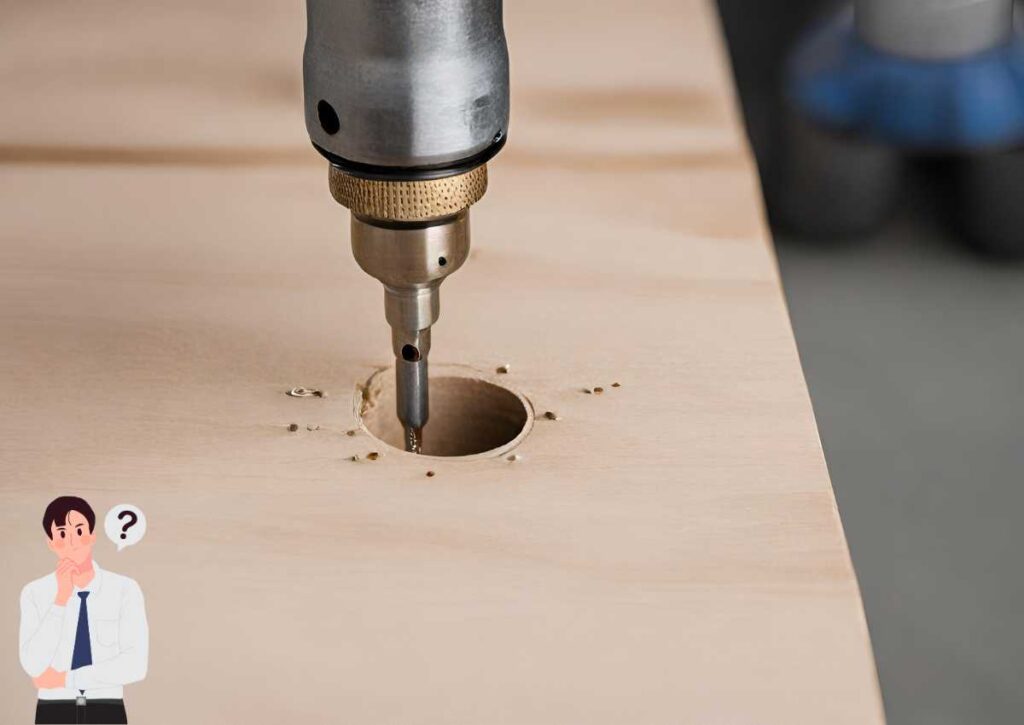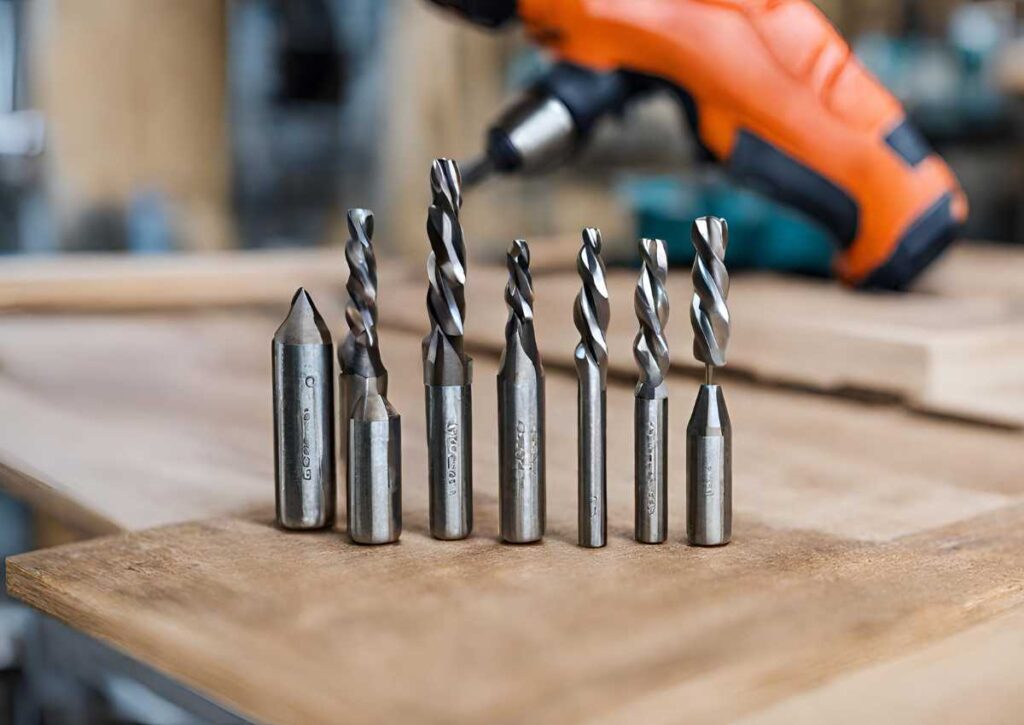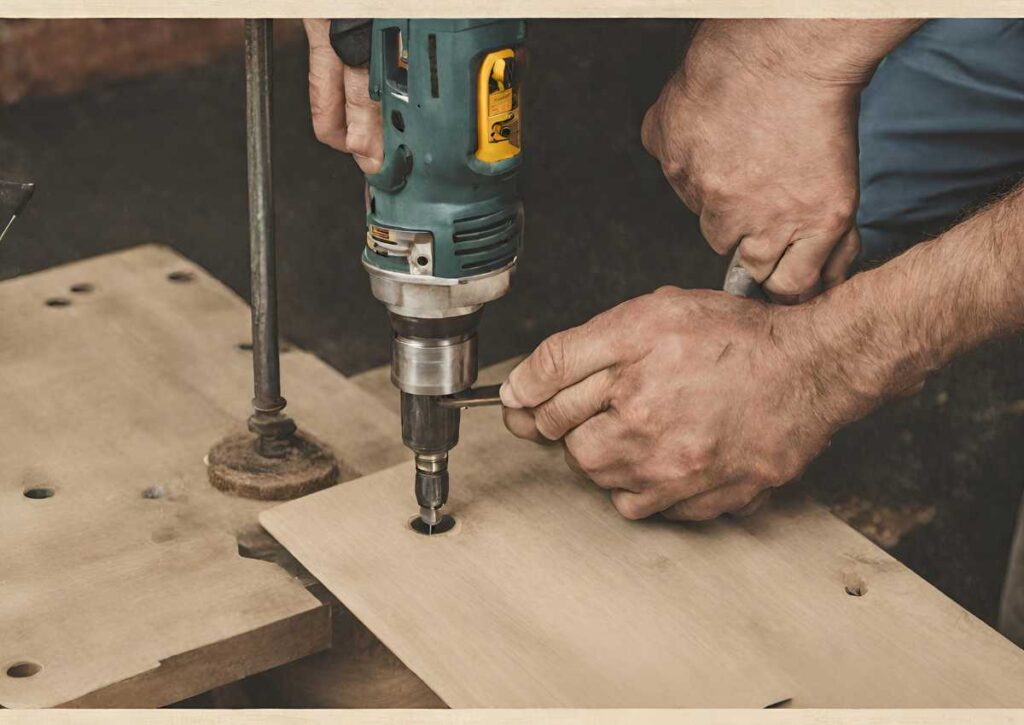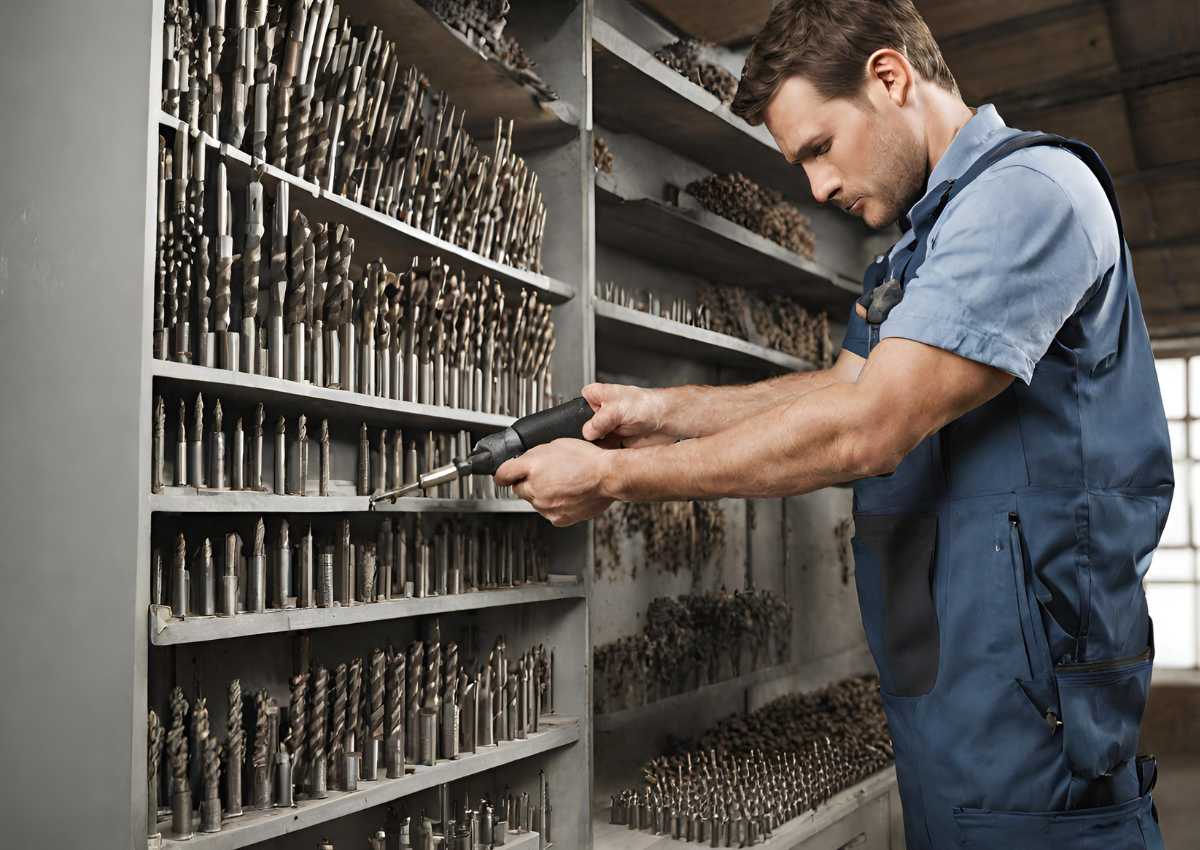Woodworking is not just about crafting, but also about precision and longevity. One crucial aspect that often goes unnoticed is the art of drilling pilot holes.
This simple yet essential step can make the difference between a seamless project and a splintered mess.
In this guide, we’ll delve into the why, how, and what of pilot drill bits, empowering you to elevate your woodworking game.
Why drill a pilot hole?

A glimpse into the process of drilling a pilot hole reveals its indispensable role. Not only does it prevent wood from splitting, but it also facilitates the ease of using screws or nails for joining wood parts.
When working near edges, the pilot hole prevents damage to the material, ensuring a clean finish.
It becomes particularly crucial when dealing with slick surfaces like melamine or MDF, where a pilot hole prevents screws from “walking.”
The reduced stress on the drill, minimized chances of screw cracking, and a professional finish make drilling pilot holes a woodworking essential.
Choosing the Right Drill Bit

The success of a pilot hole depends on selecting the right drill bit. The Spyder Stinger drill bits are a fantastic choice, offering versatility and precision.
Matching the inner diameter of the screw or using a bit slightly thinner than the nail’s shank ensures optimal results.
Understanding your drill’s chuck size (1/4, 3/8, ½ inch) is equally crucial for a seamless fit. The right drill bit size is the gateway to a pilot hole that perfectly balances grip and stability.
Drilling Your Pilot Hole

Now that you understand the significance of a pilot hole, let’s walk through the steps of drilling one:
Measure and Mark the Pilot Hole Location
Use a tape measure or ruler to mark the center point for the pilot hole. This ensures accuracy and precision in your woodworking project.
Install the Drill Bit in the Chuck
Properly seat the drill bit in the chuck, ensuring it’s centered and straight. This step guarantees a stable drilling process.
Drill the Pilot Hole
Set the drill/driver direction to forward, align the drill perpendicular to the surface, and start drilling slowly.
Gradually increase the pressure on the trigger, ensuring the depth matches the screw length.
Tip: To prevent the bit from “walking” on slick surfaces, create a small dent using a hammer and nail at the drill point.
Clear the Pilot Drill Bit
After drilling, carefully back the bit out, ensuring it remains straight, to avoid widening the hole unintentionally. Clear away any debris before inserting the screw.
Conclusion
In the world of woodworking, precision is paramount. Mastering the use of pilot drill bits elevates your craftsmanship, ensuring your projects stand the test of time.
The simple act of drilling a pilot hole transforms your woodworking from basic to professional, adding a touch of finesse to every joinery.
Armed with the knowledge from this guide, you’re ready to embark on your woodworking journey with confidence and precision. Happy crafting!
FAQs
Why is drilling a pilot hole necessary in woodworking?
Drilling a pilot hole is essential in woodworking as it prevents wood from splitting, especially near edges, and facilitates the smooth insertion of screws or nails, ensuring a clean finish and professional look.
Can I skip drilling a pilot hole if I’m using fasteners on a soft material like pine?
While it might not be necessary for soft materials like pine, drilling a pilot hole is generally advisable in any case, as it enhances precision, reduces the risk of damage, and ensures a more secure fastening.
How do I choose the right drill bit size for a pilot hole?
Choose a drill bit size that matches the inner diameter of screws or is slightly thinner than the nail’s shank. Ensure compatibility with your drill’s chuck size (1/4, 3/8, ½ inch) for a proper fit.
What’s the significance of making a dent in the material before drilling a pilot hole?
Creating a small dent with a hammer and nail helps prevent the drill bit from “walking” on slick surfaces like melamine, ensuring a precise start and reducing the risk of skidding.
Can I use any drill bit for making a pilot hole?
While various drill bits may work, it’s recommended to use specialized pilot drill bits for optimal results.
These bits are designed to reduce splintering, provide precision, and enhance the overall efficiency of the drilling process.
Is there a specific depth I should drill for a pilot hole?
Drill the pilot hole to a depth that matches the length of the screw, ensuring a secure grip while avoiding unnecessary depth that might weaken the material.









